Learn about 9 steep-slope roof options
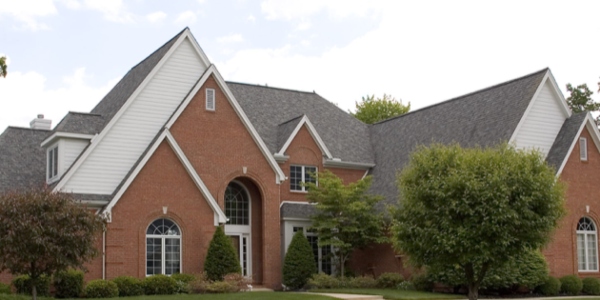
Steep-slope roofs shed water efficiently and have aesthetically pleasing options that come in many different forms. Find out what makes a roof a steep-slope and what types are out there!
The slope of a roof has an effect on the interior volume of a home, the drainage, and the style and material used for covering a building. It is also considered to be a primary factor in roof design. Roofs are classified as either steep slope or low slope. Most residential roofs in the U.S. are steep slope, which means the roof is angled on both sides and allows snow, rain and debris to run off it quickly. Typically residential roofs have a slope of 3:12 or greater.
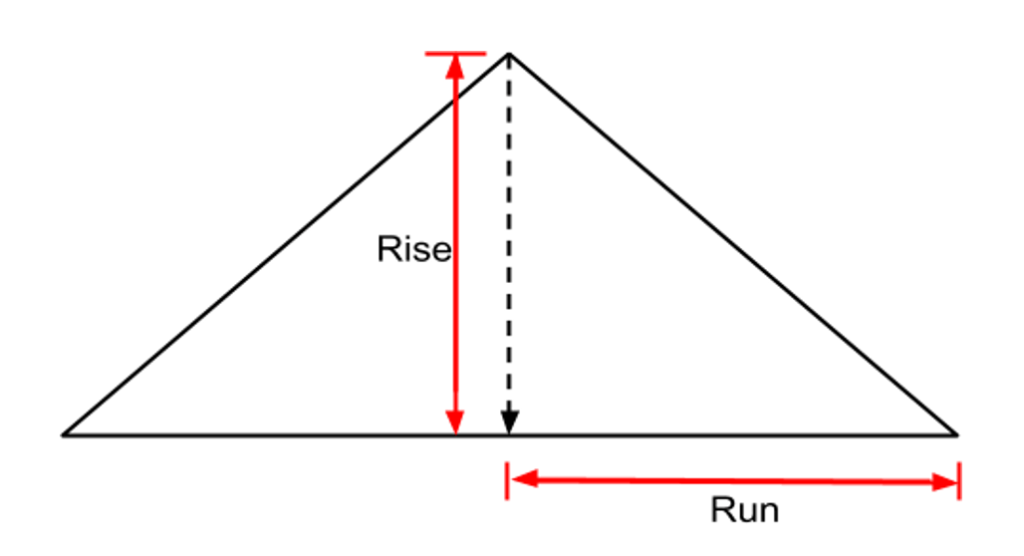 Do you remember learning about “rise over run” in school? Believe it or not, that equation directly applies to the slope of your roof — I bet you never thought you would use that in the “real world,” right? In roofing, the “rise” is the vertical height of the roof from the lowest edge of the roof to the highest point, known as the ridge. “Run” refers to the measurement from the outside of the eave to the point below the center of the ridge. So, a roof with the standard slope of 3:12 means for every 12 horizontal inches (run), the roof has a rise of three or more vertical inches. The slope of a roof is expressed as inches per foot and is written in a ratio format. Below are the basic types of roof structures:
Do you remember learning about “rise over run” in school? Believe it or not, that equation directly applies to the slope of your roof — I bet you never thought you would use that in the “real world,” right? In roofing, the “rise” is the vertical height of the roof from the lowest edge of the roof to the highest point, known as the ridge. “Run” refers to the measurement from the outside of the eave to the point below the center of the ridge. So, a roof with the standard slope of 3:12 means for every 12 horizontal inches (run), the roof has a rise of three or more vertical inches. The slope of a roof is expressed as inches per foot and is written in a ratio format. Below are the basic types of roof structures:
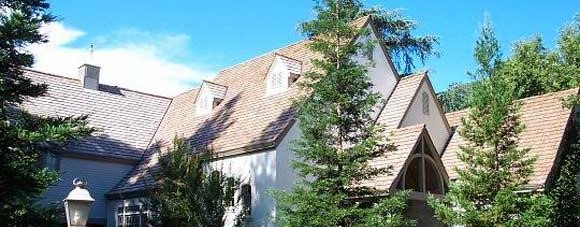 Hip roof
Hip roof
A hip roof slopes back from all four sides. Hip roofs don't have valleys where leaves can collect and sometimes cause complications.
Gable roof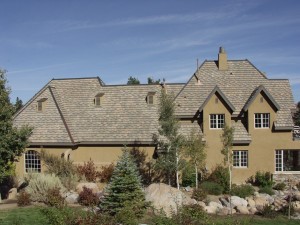
A gable roof is something a child might draw. This type of roof has two sloping sides that join together at the top to form a ridge, thus creating end walls and a triangular extension, which is known as a gable.
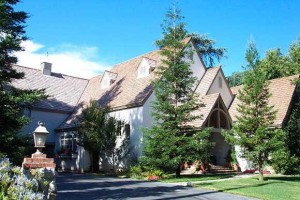 Gambrel roof
Gambrel roof
Each sloping roof section of a gambrel roof is divided into two parts. The first is the portion close to the ridge that is relatively flat. The second part, which is closer to the eaves, drops down steeply. This style of roof creates maximum use of space under the roof.
Mansard roof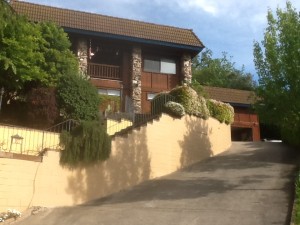
Each sloping section of a mansard roof is divided in two. The section of the roof closest to the walls rises steeply to create maximum space under the roof. The roof then continues at a milder pitch towards the center.
S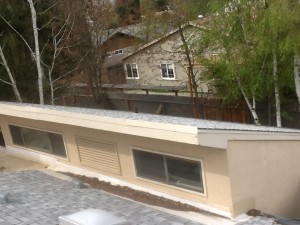 hed roof
hed roof
A shed roof slants in just one direction. These roofs are easy to build since the rafters are all identical.
Dormer roof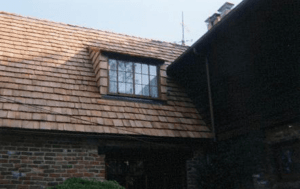
A dormer projects out from the rest of the roof and typically have windows. Dormers are added for beauty and style and also add space and light to the inside of the house.
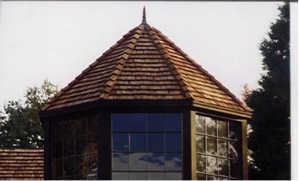 Turret roof
Turret roof
Turret roofs, also known as a conical or radius roofs, are a small, round or polygonal tower topped with a conical or hipped roof.
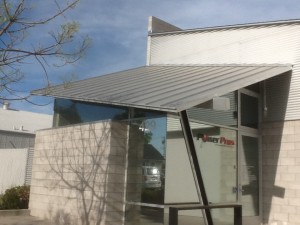 Skillion roof
Skillion roof
A skillion roof is one single flat surface and differs from a standard flat roof due to the steeper and more noticeable pitch.
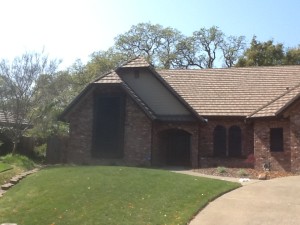 Jerkinhead or bullnose hip roof
Jerkinhead or bullnose hip roof
This unique roof is a gable roof with the ends of the gables clipped to resemble a hip roof. By clipping the ends, the peak of the gable roof is streamlined, which reduces the stress caused by wind as well as diminishes the potential for wind damage.
Have a question? AskARoofer.
Find your local roofing contractor in the RoofersCoffeeShop® Contractor Directory.



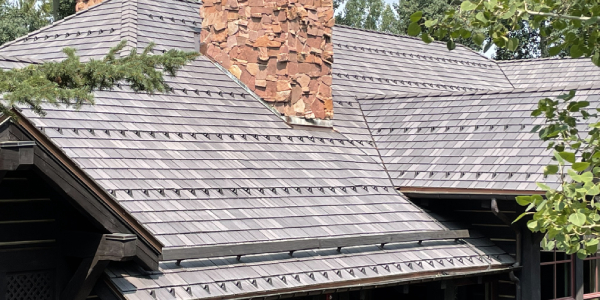





Comments
Leave a Reply
Have an account? Login to leave a comment!
Sign In